Overview
Map
Other Details
دير راهبات العائلة المقدّسة المارونيّات
Aabrine
Batroun
North
دير راهبات العائلة المقدّسة المارونيّات - عبرينسنة ١٨٩٦ غادرت الأم المؤسِّسة لراهبات العائلة المقدّسة روزالي مع راهباتها من مدرسة بطرس شحادة في جبيل إلى عبرين لتداعي البناء وحاجته للترميم. وشاءت العناية الإلهيّة ان تتدبّر الأموال بيد المطران (البطريرك المكرّم) الياس الحويّك، لشراء بيت ومزرعة واكد الشيخاني في عبرين وتحويلها إلى دير ومدرسة، مع كنيسة ذات زجاجيّات مميّزة، وقبوٍ معقودٍ تحتها، هو مرقد البطريرك الآن. والقبو مزيّن بجداريّات يوسف الحويّك. أصبح دير العائلة المقدّسة الدير الأمّ للجمعيّة وأصبحت الراهبات تُعرفن براهبات عبرين.The Holy Family’s convent - Ibrin1896 was a pivotal year for Mother Rosaly the new superior general of the new Maronite congregation of the Holy Family, as the nun moved from Boutros Shehade’s school in Jbeil to the farm estate of Waked el Shikhany in Ibrin. In his diaries Bishop Elias Howayek (later Venerable Patriarch) relates how the money for the purchase was due to the Divine Providence’s intercession. Bishop Howayek transformed with the nuns the estate into a convent with a school and a beautiful church with stained glass windows, and a crypt with Youssef el Howayek’s frescoes (the only Lebanese art deco style paintings). The crypt is also the resting place of Patriarch el Howayek. Since its construction, the convent became the mother house of the Holy Family’s nuns and they are widely known as the Nuns of Ibrin.
Visited 3364 times, 6 Visits today



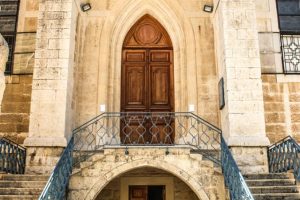
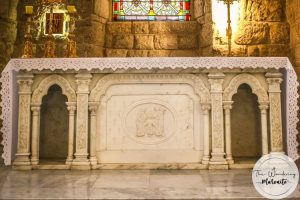
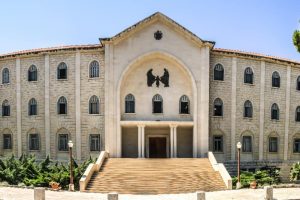
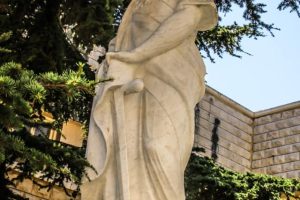
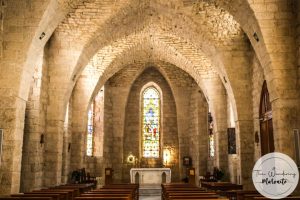
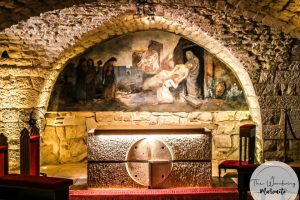
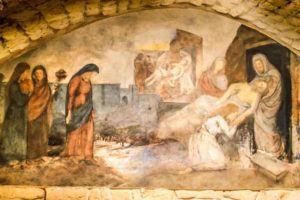
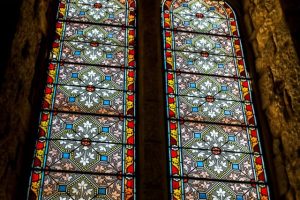











Reviews are disabled, but trackbacks and pingbacks are open.